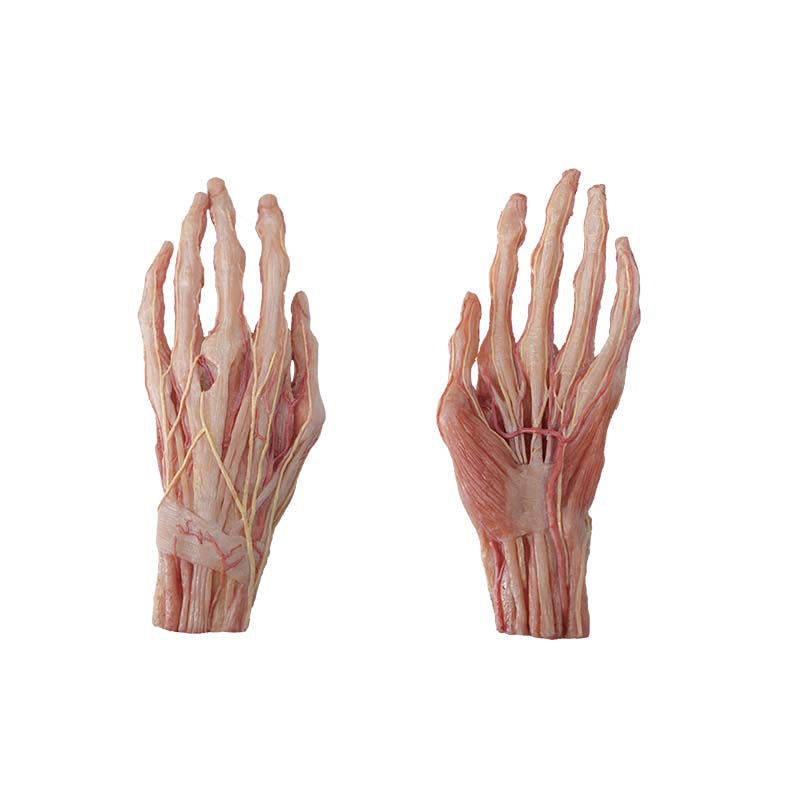Based on their function and technology, medical teaching aids can be mainly divided into the following categories: basic anatomical models, single-task training models (regional functional models), virtual training systems (VR/AR devices), physiologically driven simulation systems (omnidirectional simulation systems), and standardized patients, etc.
Basic anatomical models are mainly used for demonstration, helping students intuitively understand the morphology and interrelationships of various parts, organs, and tissues of the human body. For example, human anatomical models and organ models are the most common tools in basic medical teaching.
.jpg)
Single-task training models focus on training medical students in single clinical operational skills. For example: Cardiopulmonary resuscitation (CPR) mannequins: used to train CPR, artificial respiration, and other first aid skills; Puncture models: such as lumbar puncture, thoracentesis, paracentesis, and bone marrow aspiration mannequins, used to train puncture techniques. Surgical manipulation models, such as knot-tying trainers, incision and suturing models, and sterilization and draping models, are used to train basic surgical procedures.
Virtual reality (VR) and augmented reality (AR) technologies provide highly immersive learning experiences. They can construct three-dimensional dynamic models to simulate complex surgical scenarios and cases for surgical skills training and clinical reasoning development. Examples include laparoscopic virtual training systems and medical image 3D reconstruction teaching systems.
Physiologically driven simulation systems (comprehensive simulation systems) are the highest level of simulation systems, capable of simulating patient physiological responses and providing a near-realistic clinical environment. For example, the Advanced Intelligent Integrated Simulator (SimMan) can simulate the comprehensive treatment of critically ill patients and can generate its own case studies as needed.
Standardized patients are trained healthy individuals who mimic patients, used to train medical students in consultation skills, communication abilities, and humanistic care.



